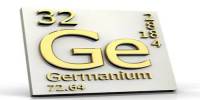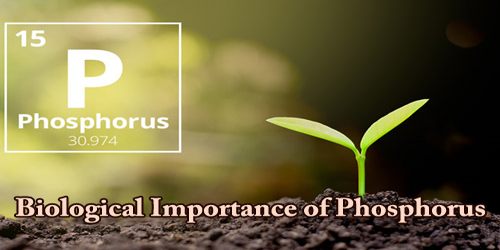Scientists have shown that simulations employing quantum computing can make it possible to observe a unique state of matter that has been removed from its usual equilibrium. The discovery of such unique states of matter may one day advance the fields of precision measurement science and quick, potent quantum information storage.
Thomas Iadecola patiently explained digital quantum simulation, Floquet systems, and symmetry-protected topological phases as he worked his way through the title of the most recent research publication that contains his theoretical and analytical work.
His explanations of non-equilibrium systems, time crystals, 2T periodicity, and the 2016 Nobel Prize in Physics followed.
Iadecola’s area of quantum condensed matter physics, which examines how collections of atoms and subatomic particles give rise to states of matter, may be paradoxical and requires explanations at nearly every turn and juncture.
The bottom line is that scientists are learning more and more about the exotic matter, “an uncharted universe where matter can adopt unusual properties,” as the Royal Swedish Academy of Sciences put it while awarding the 2016 physics prize to David Thouless, Duncan Haldane, and Michael Kosterlitz.
Iadecola, an assistant professor of physics and astronomy at Iowa State University, and a scientist from Ames National Laboratory co-authored a new paper that was published in the journal Nature. The paper describes simulations using quantum computing that allowed observation of a distinct state of matter removed from its usual equilibrium.
Dong-Ling Deng of Tsinghua University in Beijing, China, is the paper’s co-author. In 2017 and 2018 as postdoctoral researchers at the University of Maryland, Deng and Iadecola collaborated on many projects.
“Our work paves the way to exploring novel non-equilibrium phases of matter,” the authors wrote in a summary of their paper.
This paper demonstrates the researchers have a very nice digital quantum simulation platform. This platform can also be applied to other interesting problems in quantum many-body physics.
Thomas Iadecola
Those brand-new states of matter may one day offer special qualities for cutting-edge technology that will benefit us all. Precision measurement science and information storage are two potential uses for quantum information processing.
Iadecola served as a supporting scientist on this research and contributed to data analysis and theoretical work. For example, “In a collaborative project like this, my role is to help define the questions the experimentalists need to address,” he said.
How a quantum computing platform may be used to explore and comprehend unusual states of matter is the main subject they addressed in this research.
“This paper demonstrates the researchers have a very nice digital quantum simulation platform,” Iadecola said. “This platform can also be applied to other interesting problems in quantum many-body physics.”
The study complements the work Iadecola will begin this summer as part of a $470,000, five-year CAREER grant from the National Science Foundation.
The award will fund theoretical work in many-particle quantum systems, including investigations into the preservation of fragile quantum states. The states could be exploited for quantum computation, a novel technique that uses quantum dynamics to process and store information, thanks to their preservation.
In order to “expand the quantum talent pipeline,” the money will also assist Iadecola in creating an interdisciplinary curriculum in quantum computing at Iowa State.
Although the initiative is primarily focused on theory and teaching, it will be conducted “with an eye towards developing quantum technologies,” according to a summary.
“We’re thinking about new phenomena,” Iadecola said. “Realizing these phenomena on present-day quantum hardware could set the stage for moving us toward these applications in quantum information processing.”
















